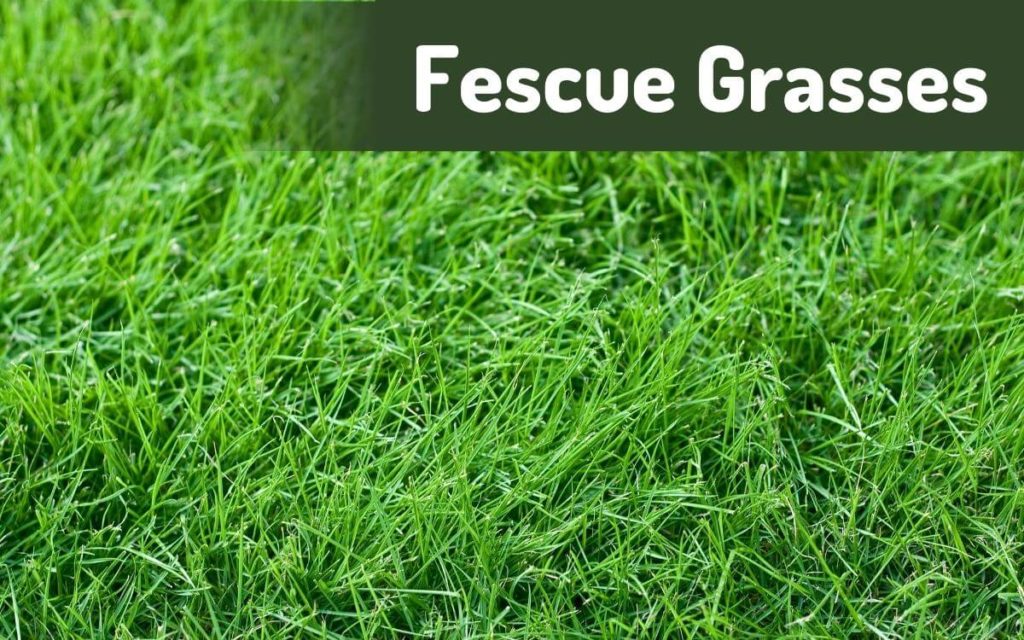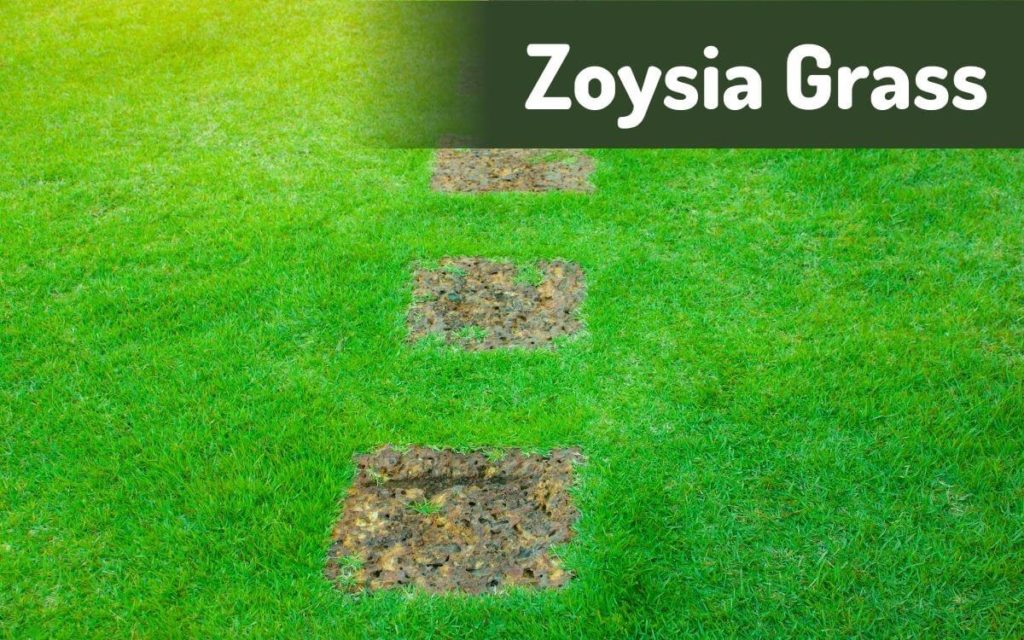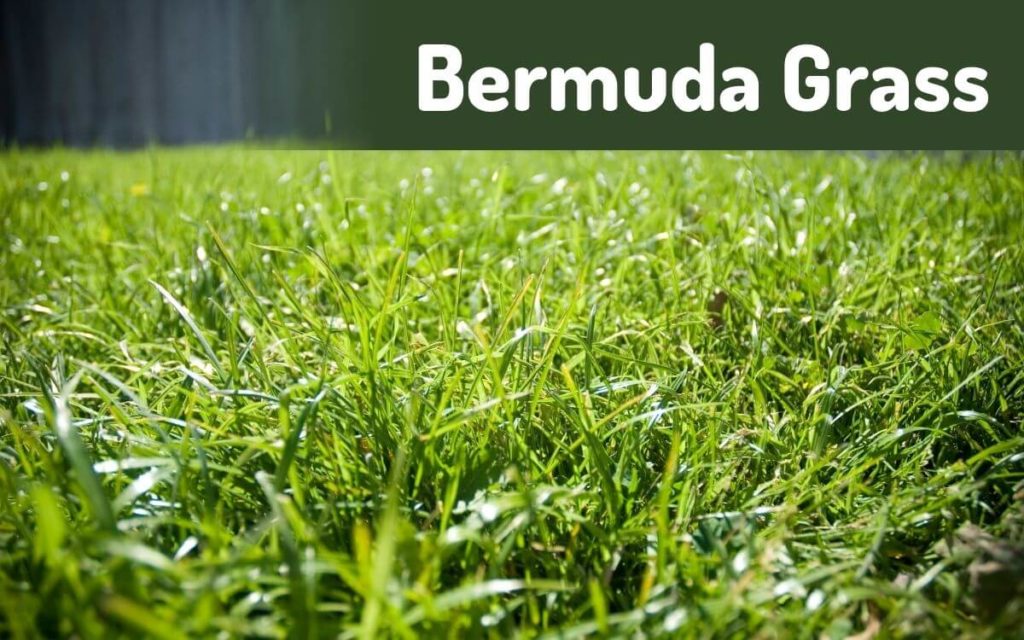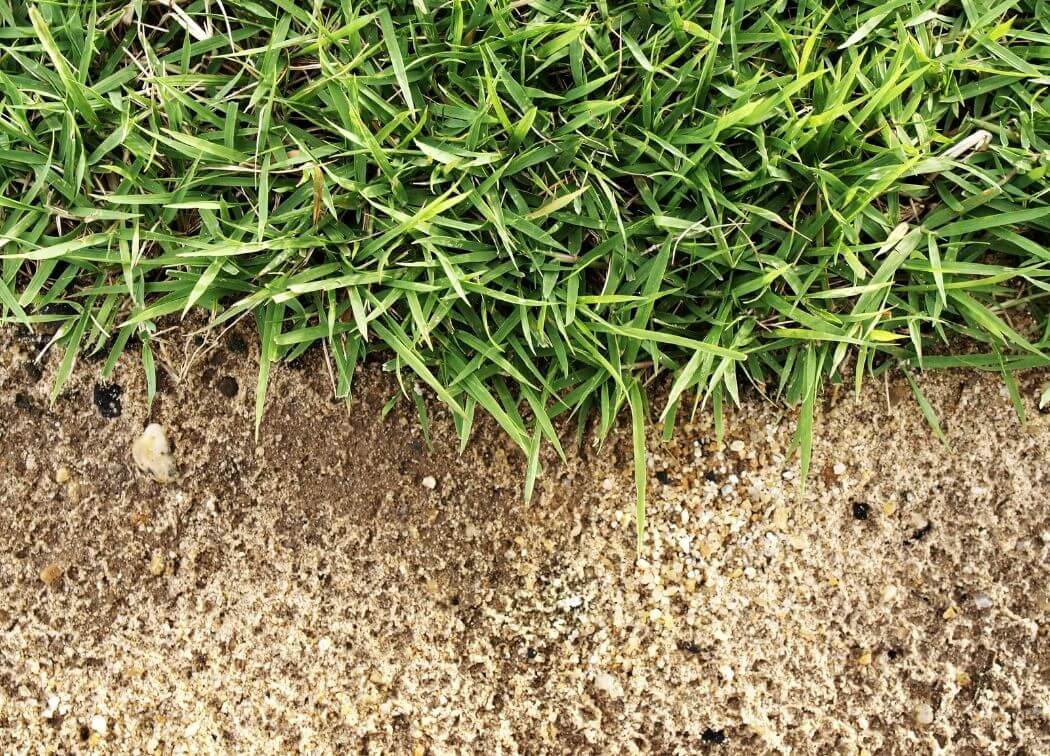If you’re trying to grow grass on your dream lawn but have been FAILING, that’s because NOT ALL grass species thrive in sandy soil.
But what’s the best grass for sandy soil? The best grass types for sandy lawns are:
- Fescue grasses
- Bentgrass
- Kentucky Blue Grass
- Zoysia grass
- Centipede grass
- Seville St. Augustine Grass
- Bermuda Grass
- Bahia Grass
These grasses form deep roots, helping them absorb water and nutrients EFFECTIVELY in sandy soils that drain water quickly.
Let’s see what each has to offer.
Best Grass Types for Sandy Soils: Cool Season Grasses
Sandy areas can be VERY particular.
Other grasses grow well in some areas but suddenly die in sandy soil conditions. It may be frustrating to keep picking up new grass because you can’t find the right type.
BUT, don’t give up!
Whether you’re in a sunny place or a cold area, there’s a perfect grass seed for you. Here is a list of the different grass species you can choose from.

1 – Fescue Grasses
| Sunlight requirement | Direct sunlight (≥ 4 hours) |
| Water requirement | Low |
| Soil type and pH | Well draining soil (5.5 – 7) |
Fescue grasses are perennial grasses that grow well in sandy soil in cooler climates.
Our favourite things about them?
Fescues thrive even without much water in well-drained soil. They are VERY HARDY and can even be SELF-SUSTAINING.
When dealing with fescues, it can be tall fescue, creeping red fescue, or hard fescue. Every type is ideal for different conditions, but ALL are excellent choices for sandy lawns and drought-prone areas.
Tall Fescue
Tall fescue is a bunching grass that boasts a rich and bright colour. Tall fescue grass has a high tolerance for shade and can fill up your lawn well.
We just want to remind you to spread the tall fescue grass seeds WELL to avoid a patchy sandy yard.
Creeping Red Fescue
This slow-growing grass is a more low-maintenance variety that grows well even in acidic soil. It has a deep root system that can adapt well under dense shades.
Hard Fescue
Like its identical species cousins, the hard fescue is low maintenance.
It is perfect for all of us who want a healthy lawn but do not have all the time in the world to tend to our lush yards.
The downside of this grass type is its intolerance of heat. People who live in high-temperature areas will find it challenging to grow this.
2 – Bentgrass
| Sunlight requirement | Full sunlight |
| Water requirement | Low (Light and frequent) |
| Soil type and pH | Well-drained soil (5 – 6.5) |
Bentgrass is dense, creeping grass with SHALLOW roots.
It’s a favourite for golf courses because of its beautiful dark green colouration. Bentgrasses are also the right grass for sandy beaches.
But, you can bring it to your own lawn! Just make sure that you have COOL, HUMID, and WELL-AERATED sand soil.
3 – Kentucky Blue Grass
| Sunlight requirement | Full sunlight |
| Water requirement | Medium (Deep and infrequent) |
| Soil type and pH | Cool-season grass soil (6.5 – 7.2) |
Kentucky Bluegrass is a cool-season grass that lives for an extended period.
This type of grass for sandy soil spreads through rhizomes and forms a thick sod. The Kentucky Blue Grass grows into a tall and creeping broad grass that is highly tolerant to drought.
The Kentucky Bluegrass is one of the best grass for sandy soils for cool areas. The grass seed is low maintenance and yields deep roots.
Just remember that this grass seed is PRONE TO forage grass diseases.
Best Grass Types for Sandy Soils: Warm Season Grasses
Grasses can be very hardy, but some don’t do well in cool areas.
The good thing is that there are warm-weather grass types you can try. Any of these might get you that lush green lawn you’ve been eyeing.

1 – Zoysia Grass
| Sunlight requirement | Full sunlight |
| Water requirement | Low |
| Soil type and pH | Good-draining soil (6.0 – 6.5) |
Zoysia grass is the best warm season grass of choice.
The HEAT-HARDY Zoysia seed produces a DROUGHT-TOLERANT deep root system. This grass seed has USDA plant hardiness zones of 6-9, which allows it to survive quick-draining sandy soils.
During dry days, the dark green grass turns to yellowish Zoysia grass lawn. The dark green color of Zoysia grasses will return once water is replenished.
The slow-growing Zoysia grass is VERY ADAPTABLE. But, it’s worth remembering that it needs a lot of care and attention.
Zoysia grass has a low to medium tolerance to shade and the cold.
2 – Centipede Grass
| Sunlight requirement | Full sunlight (≥ 6 hours) |
| Water requirement | High |
| Soil type and pH | Good-draining soil (4.5 – 6.0) |
Another excellent choice for the best warm-season grass is the centipede grass.
It is a versatile turf grass. It does not need frequent mowing and fertilizer applications.
The centipede grass is a thick and coarse grass type, so expect it to grow slowly through horizontal and creeping stolons.
Note: The centipede grass seed needs FULL AND BRIGHT SUNLIGHT for it to thrive.

3 – Seville St. Augustine Grass
| Sunlight requirement | ≥ 7 hours of sunlight daily |
| Water requirement | Medium |
| Soil type and pH | Clay soil, sand soil (3.5 – 6.5) |
Are you unsure of the conditions of your sandy soil?
If yes, the Seville St. Augustine grass seed is a perfect choice.
It does well even in the poorest of conditions. The Seville type is also popular because of its thick and fine leaves. The narrow dark green leaves give you a LUXURIOUS lawn.
The St. Augustine Grass is highly tolerant of shade and salt. It is easy to grow and does not need much expertise. However, remember that this grass species has a low foot traffic tolerance.

4 – Bermuda Grass
| Sunlight requirement | Direct sunlight (≥ 4 hours) |
| Water requirement | Low |
| Soil type and pH | Clay soil, loam soil, sand soil (5.8 – 7.0) |
Bermuda grass is one of the most popular grass for sandy soil in Southern lawns.
Bermuda grass grows and SPREADS FAIRLY FAST in loose soil and is perfect for a vast lawn. This is also the best grass seed for loam and clay local soil.
One of the Bermuda grass favourites is the Yukon Bermuda grass. It grows and stays VERY green because its roots grow deep to absorb nutrients well.
The deep root systems of the Bermuda grass form a STUNNING carpet-like effect.
What we don’t love about Bermuda grass is that it does NOT tolerate shade and cold well. You’d also have to mow quite frequently.
PRO TIP: Bermuda grass DOES NOT DO WELL in shaded areas.
5 – Bahia Grass
| Sunlight requirement | Full sunlight |
| Water requirement | Low |
| Soil type and pH | Well-drained soil (5.5 – 6.5) |
Bahia grass is NOT the favourite grass type of many to grow in sandy soil.
Its deep roots do not produce a thick, green lawn on sandy soil. Instead, this type of grass for sandy soil is THIN and COARSE.
But do not count it out just yet.
It definitely is an excellent choice for sandy soil.
Bahia grass grows a deep root system that is WELL-ADAPTED to sandy soils like the Fescue grass. The low water requirement of the Bahia grass seed allows it to stay strong even in intense drought.
Why Don’t All Grass Grow in Sandy Soil?
This is the root of our frustration.
Not all varieties of grass grow well in sandy soil. In fact, not a lot of plants thrive in sandy soil.
The reason behind the difficulty of growing grass in sandy soil is the SOIL ITSELF. Sandy soil can be very INFERTILE.
It is usually found in areas where drought is common. The heat, humidity, water, and nutrient conditions make sandy soils CHALLENGING. But, it’s not impossible with the proper steps.
What Characteristics Make a Grass Good in Sandy Soil?
It is undeniable. Sand is a difficult environment for plants to thrive.
Still, there are grass varieties that can withstand such conditions. They possess the right qualities to help them survive harsh environments.
Here are some of the characteristics to look at for that perfect green lawn.
Drought Tolerance
Sandy soil does not retain water well because of its POROUS quality. Sandy soil drains most of the water it receives.
You will want to look for grass that can survive low water levels. The Bermuda grass, for example, can tolerate drought well.
Hardiness
Another major problem in sandy soils is the LACK OF NUTRIENTS.
Most of the grass types we listed above are hardy grasses. They are those that can survive scarce nitrogen and phosphorus amounts.
Hardy grasses also do not usually need pesticides.
Root Structure
With limited water and nutrients, the grass should have an excellent absorption system. This is where roots come into place.
Grass that grows in sand has LONG AND DEEP ROOTS.
The long roots make sure the grass gets all the available nutrients. They also increase the surface area for better water absorption.
How Do You Grow Grass in Sandy Soil?
Most of the grass that grows in sand requires very little maintenance. Their hardy nature allows them to be MORE RESILIENT than other grasses.
But!
It doesn’t mean they won’t need extra care. Here are the steps you need to remember to increase your success.
Soil Preparation
If all of this is too tedious to remember, just remember one thing.
Soil preparation is the most critical part of growing your grass.
To increase the chances that your grass seed survives, be sure to clear your lawn off of any rock or debris. Once clear, till the soil with a garden rake.
Add COMPOST-RICH (with peat moss and vermiculite) soil to your sandy soil.
Sandy soil means that your grass will lack both nutrients and water. Preparing your soil before planting lets you add additional nutrients to help the grass grow.
The added nutrients will eventually be used up, but it will help your grass in its very early phase.
Laying
You can opt for grass seed laying, sod laying, or grass plug planting. Each has its strengths and weaknesses, so find out which one is the most ideal for you.
The grass seed laying is the simplest but also the least effective.
Make sure to study the proper seed laying technique for the variety you choose. They’re not always all the same. But, whichever grass type you prefer, make sure to water the seeds immediately after laying.
The more expensive sod laying, on the other hand, can give you a more finished look faster. It’s not very complicated either.
Roll out your sod against the flat edge and cut to achieve your desired fit. Don’t walk on freshly laid sod!
The last option is the most tedious process, planting grass plugs. These are cheaper than sods but will require more work than seed laying.
Watering and Fertilizing
Sandy soil dries up quickly.
When your grass is not yet established, it will need frequent watering. This serves as extra support for the grass. But, don’t worry!
Once they are more stable and adapted, watering should be deep and infrequent.
Aside from water, nutrients should also be supplemented. Frequent application of fertilizers will help provide your grass with the optimum environment it needs.
Maintenance
In general, grass that grows in sand is slow-growing. Slow-growing grass means less mowing.
Honestly, we love that. The less work, the better!
Just make sure to diligently rid the lawn of weeds. Weeds are notorious for stealing all the water and nutrients in your soil.
Final Thoughts
We all just want a nice bed of lush, green grass in our backyards.
But it often becomes MORE FRUSTRATING than it is REWARDING.
A hardy, drought-tolerant grass type will be able to survive the scarce and harsh conditions of your soil. Understand your soil type and look for the grass type that suits it!
After reading the article, we hope that you know now not to lose hope. With the right variety of grass for your lawn, a beautiful yard is within your reach.
Don’t let sandy soil stop you!



